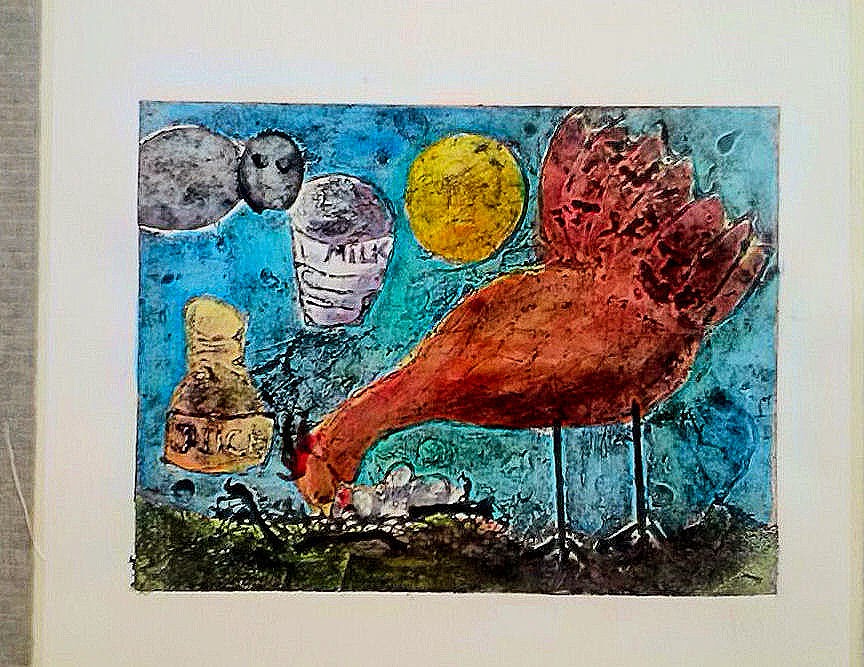totem study in landscape
The results of several visits I made during the months of April and May to a grade 5 class at St. Martin Jr. Catholic Elementary school in Thunder Bay. The theme being explored in the paintings is Canadian Symbols.
Students first researched to acquire images which they then translated into pencil sketches. These were transferred onto the 140 lb cold press cotton rag paper that was taped down onto core-plast boards.
They were shown examples of paint application and a few watercolour techniques that included wet into wet, dry brush, bleeding, softening edges, removing paint using sponges and application of highlights and finer details into dried painted areas. The project used Reeves student grade tube watercolours and 2 sizes of synthetic sable brushes.
Bluenose
Maple tree
ice hockey
Grizzly
Mounted Police
Camping
Parliament buildings Ottawa
CN tower Toronto
Moose
Black bear
Orca pod
Loon
Beaver lodge
Grizzly Bear and salmon
inukshuk and northern lights



















































